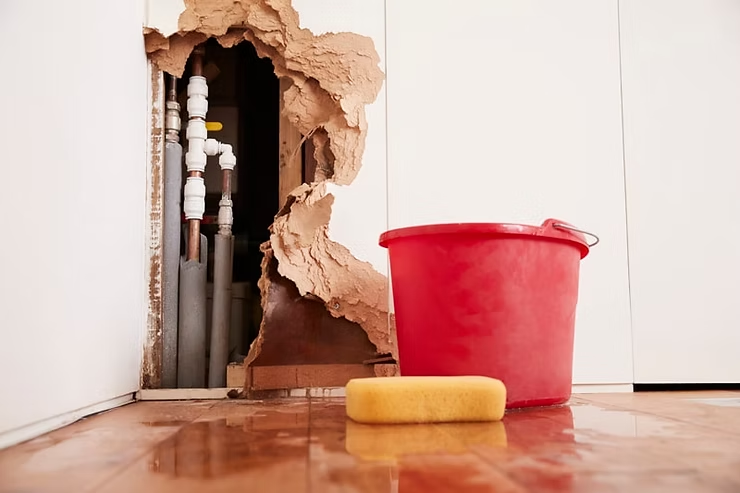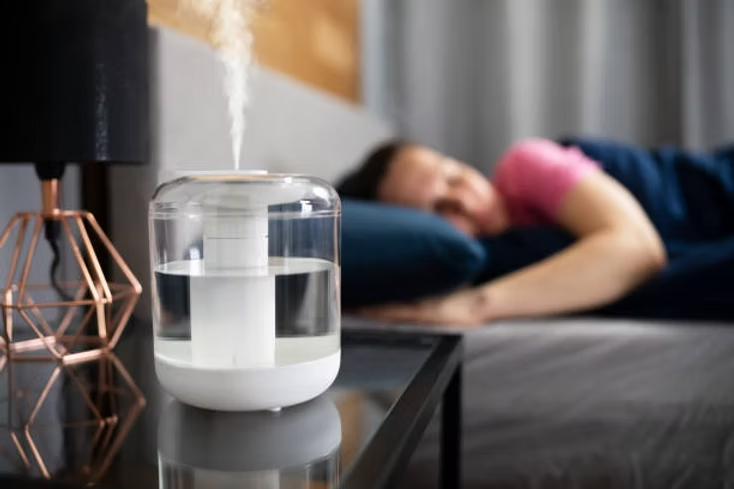Is Mold Covered by Homeowners Insurance? What Every Homeowner Needs to Know
- admin323029
- Blog

Mold can be a nightmare for homeowners. It causes property damage, poses health risks, and can lead to costly repairs. If you’ve discovered mold in your home, your first question might be: “Is mold covered by homeowners insurance?”
The answer isn’t always straightforward. Homeowners insurance may cover mold in certain situations, but there are many exclusions and limitations. This article will break down when mold is covered, common exclusions, and how to protect yourself against costly mold-related expenses.
Is Mold Covered by Homeowners Insurance? Understanding Homeowners Insurance and Mold Coverage
Homeowners insurance is designed to protect your home and belongings from unexpected damages caused by specific “covered perils.” Whether mold is covered by your policy depends on what caused the mold in the first place.
When Is Mold Covered?
Mold is typically covered by homeowners insurance if it is the result of a sudden and accidental event that is included in your policy’s covered perils. Examples include:
- Burst Pipes: If a pipe bursts and causes water damage, resulting in mold, your insurance may cover the remediation costs.
- Appliance Malfunctions: A washing machine or dishwasher that suddenly leaks and causes mold could be covered.
- Storm Damage: If a roof is damaged during a storm, leading to water intrusion and mold, the insurance might pay for both repairs and mold removal.
When Is Mold NOT Covered?
Homeowners insurance typically does not cover mold caused by:
- Neglect or Poor Maintenance: If mold results from long-term issues like a slow leak or lack of proper ventilation, it’s considered the homeowner’s responsibility.
- Flood Damage: Mold resulting from flooding is not covered unless you have a separate flood insurance policy.
- High Humidity: Mold caused by high indoor humidity is generally excluded.
Coverage Limits
Even when mold remediation is covered, most insurance policies have strict limits. These limits can range from $1,000 to $10,000 depending on your policy. Always check your policy details to understand your coverage limits.
Factors That Affect Mold Insurance Claims
Several factors can impact whether or not your mold claim will be approved:
1. The Source of the Mold
As mentioned, mold caused by covered perils is more likely to be covered. However, if the damage is deemed preventable or due to homeowner negligence, the claim may be denied.
2. Timely Reporting
Insurance companies require you to report water damage or mold problems promptly. Delayed reporting can result in claim denial, as insurers may argue that you allowed the issue to worsen.
3. Policy Type and Riders
Some homeowners policies offer add-ons (riders) for extended mold coverage. If mold is a concern in your area, consider adding this extra protection.
How to File a Mold Insurance Claim
If you discover mold in your home and believe it may be covered by your insurance, follow these steps:
1. Document the Damage
Take photos and videos of the mold and any related water damage. This evidence will support your claim.
2. Contact Your Insurance Company
Report the issue immediately. Provide details about the cause of the damage and how long it has been present.
3. Mitigate Further Damage
Take steps to prevent the mold from spreading. For example, dry out the area or hire a professional to assess the damage. Many policies require you to act quickly to limit further harm.
4. Work with an Adjuster
Your insurance company may send an adjuster to assess the damage. Be prepared to explain the cause and show your documentation.
5. Hire a Professional Mold Inspector
In some cases, it may help to hire an independent mold inspector. Their findings can provide additional evidence to support your claim.
Common Exclusions in Mold Insurance Coverage
Even if your policy covers mold, it’s important to understand the exclusions. Common exclusions include:
- Mold Caused by Long-Term Issues: Slow leaks, seepage, or lack of maintenance aren’t typically covered.
- Mold in Flood Zones: Flood damage and resulting mold are excluded unless you have flood insurance.
- High-Cost Remediation: If mold removal exceeds your policy’s coverage limits, you’ll need to pay the difference out of pocket.
Always read the fine print of your policy to understand its exclusions and limitations.
How to Prevent Mold and Avoid Insurance Hassles
Preventing mold is the best way to avoid costly remediation and insurance disputes. Here are some proactive tips to keep your home mold-free:
1. Control Humidity
- Use a dehumidifier to maintain indoor humidity levels between 30–50%.
- Ventilate bathrooms, kitchens, and laundry rooms to reduce moisture.
2. Address Water Leaks Immediately
- Fix plumbing leaks, roof damage, or foundation cracks as soon as you notice them.
- Inspect under sinks, behind appliances, and in basements for hidden leaks.
3. Clean and Dry After Water Damage
- Dry wet areas within 24–48 hours to prevent mold growth.
- Use fans and dehumidifiers after flooding or water spills.
4. Inspect Vulnerable Areas
- Regularly check your attic, basement, and crawl spaces for signs of moisture or mold.
- Ensure gutters and downspouts are clear to prevent water from pooling around your home.
5. Use Mold-Resistant Products
- During renovations, opt for mold-resistant drywall, paint, and insulation to reduce future risks.
Do You Need Additional Mold Insurance Coverage?
If you live in a high-humidity area or an older home, consider adding a mold insurance rider to your policy. These add-ons can increase your coverage limits, ensuring you’re protected in case of a major mold issue.
FAQs About Mold and Homeowners Insurance
Does homeowners insurance cover black mold? Black mold is covered only if it results from a covered peril, such as a burst pipe or storm damage. If the black mold is due to neglect or poor maintenance, it will not be covered.
Can I buy insurance specifically for mold? Yes, some insurance providers offer mold-specific riders or policies. These can increase your coverage limits for mold damage.
What happens if my mold claim is denied? If your claim is denied, review the policy to understand the reason. You can also appeal the decision or hire a public adjuster to help with the claim process.
How much does mold remediation cost? The cost of mold remediation varies based on the extent of the damage. On average, it ranges from $1,500 to $6,000, but severe cases can exceed $10,000.
What states have the highest risk of mold growth? States with high humidity, such as Florida, Texas, and Louisiana, have the highest mold risks. However, mold can grow in any state if moisture is present.
Is mold damage covered by flood insurance? Yes, if you have flood insurance, mold caused by flooding may be covered. Check your flood insurance policy for details.
Conclusion
Mold coverage under homeowners insurance can be complex. While many policies cover mold caused by sudden, accidental events like a burst pipe, damage from neglect or long-term issues is typically excluded. To protect yourself, understand your policy’s terms, act quickly to address water damage, and consider additional mold coverage if you live in a high-risk area.
By taking preventative measures and staying informed, you can avoid costly mold damage and ensure your home remains safe and healthy.
Reference Links:
Are you worried about the cleanliness of your space?
Let us help you! Cleaning services are our specialty, and we offer a complete range of cleaning and maintenance services. Get a free estimate!




